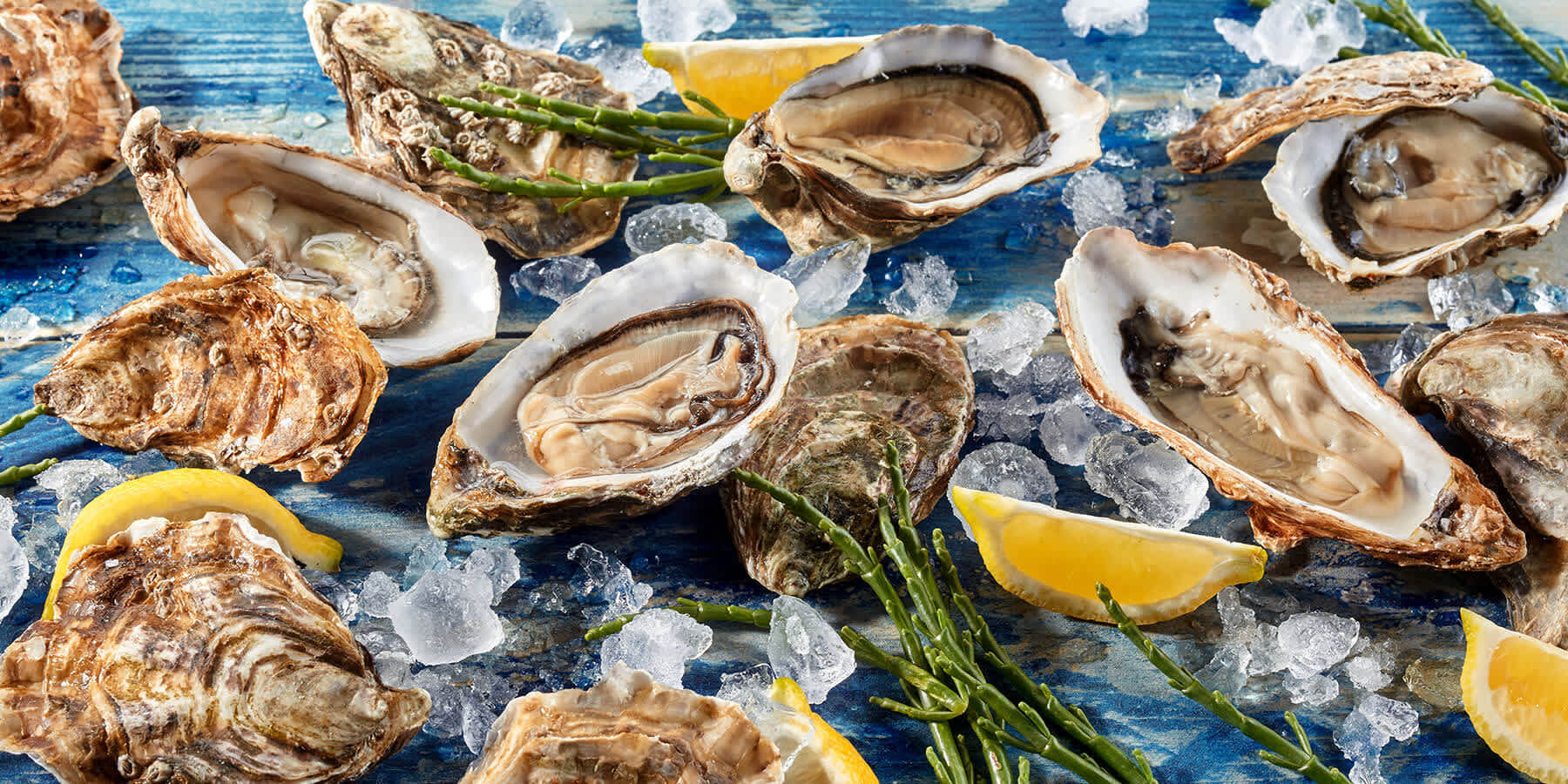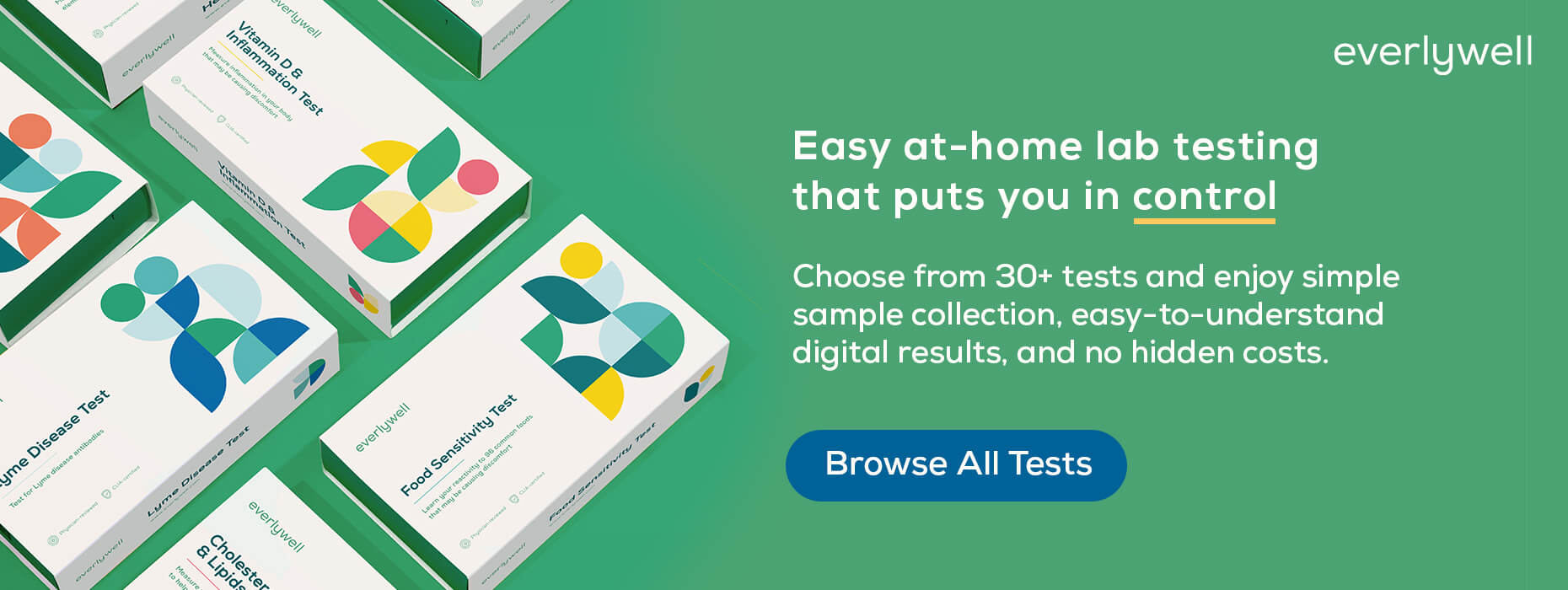
Is shellfish high in cholesterol?
Medically reviewed on February 17, 2022 by Jordan Stachel, M.S., RDN, CPT. To give you technically accurate, evidence-based information, content published on the Everlywell blog is reviewed by credentialed professionals with expertise in medical and bioscience fields.
Are you wondering if shellfish is high in cholesterol? Like certain other kinds of food, shellfish can be a source of dietary cholesterol.
However, whether you’re a seafood lover or are simply looking into healthy eating options, you may not have to eliminate shellfish in order to maintain a healthy cholesterol level, which you can check with a cholesterol test kit.
In this article, we’ll break down the nutritional facts of shellfish and how much you should eat when avoiding cholesterol-raising foods.
What Counts as Shellfish?
If you’re not a seasoned seafood eater, but are still seafood-curious, it may help to know what foods we’re referring to with the term shellfish. Shellfish can be divided into two categories of sea-dwelling species: crustaceans and mollusks.
Crustaceans are hard-shelled invertebrates with segmented bodies. Examples of crustaceans commonly enjoyed in seafood dishes include:
- Shrimp
- Crab
- Lobster
Meanwhile, mollusks are soft-bodied invertebrates. Examples of mollusks frequently used in seafood dishes include:
- Scallops
- Oysters
- Clams
- Mussels
Cholesterol notwithstanding, most shellfish are safe to eat when properly prepared, presuming the person eating them does not have a shellfish allergy [1]. They can also be a common source of nutrients, including proteins, vitamins, and minerals, although the levels of these nutrients can vary depending on the type of shellfish.
To understand the impact shellfish may have on heart health, however, we must first understand what nutritional elements have the largest effect on cholesterol levels.
Understanding Cholesterol and Other Fats
Different kinds of fats can have varying impacts on health, and some can impact cholesterol. In addition to dietary cholesterol, the main fats to be aware of when examining the nutritional contents of shellfish are saturated fats, trans fats, and unsaturated fats. Let’s take a closer look at each of these categories and how they relate to shellfish.
Cholesterol
Many of the foods we eat contain some dietary cholesterol. However, while the advice for many years has been to limit consuming foods containing a high level of cholesterol, recent studies have suggested that saturated fats may be of greater concern when it comes to cardiovascular disease risk [2].
Regardless, knowing the maximum amount of cholesterol you should aim to consume daily can be helpful in considering whether foods such as shellfish should be avoided. Most official guidelines recommend keeping daily cholesterol consumption under 300 mg [3].
Saturated Fats
Saturated fats occur naturally in many of the foods we eat. Common sources include red meats, full-fat dairy products, and some oils from plants, including palm oil, and coconut oil [4].
According to the American Heart Association (AHA), saturated fats can cause higher levels of LDL, which is referred to as “bad cholesterol” [4]. The AHA recommends that those concerned about preventing or lowering high cholesterol keep their intake of saturated fats to a maximum of 13 grams per day.
Many sources of protein contain saturated fats in varying amounts. The AHA notes that food sources with higher amounts of saturated fats are pork, beef, lamb, and dark meat poultry with skin. When considering whether shellfish fits into a heart-healthy diet, saturated fat is one nutritional element to pay attention to.
Trans Fats
Rather than coming from natural sources, trans fats are oils that have been processed to form a solid product. They are found in many processed and packaged foods, including baked goods, breads, fried foods, and/or frozen meals [4].
Because trans fats can both raise LDL cholesterol and lower HDL cholesterol, the AHA recommends those concerned with managing their cholesterol should avoid it completely.
If you’re worried about whether shellfish may impact consumption of trans fats, however, the coast is clear: according to the Food and Drug Administration (FDA), “Seafood provides negligible amounts of trans fat” [5]. This means that there is one less factor to worry about when eating shellfish.
Unsaturated fats
Unsaturated fats refer to both monounsaturated and polyunsaturated fats. According to the AHA, both fats can be good in moderation and may even help lower cholesterol.
One form of an unsaturated, healthy fats is omega-3 fatty acids, which are proven to reduce the risk of cardiovascular disease [1]. Both shellfish and other seafood have been shown to be healthy sources of omega-3 fats.
The Nutritional Facts of Shellfish
Now that we know what to look for in shellfish, let’s examine the nutritional facts of some of the commonly enjoyed shellfish and how they might impact cholesterol. As we already know, they contain negligible levels of trans fat. Instead, we’ll focus our attention on the saturated fat and cholesterol content in different types of shellfish.
Below are the saturated fat and cholesterol content of 3oz servings of different shellfish, according to the FDA [5]:
- Clams – 0g saturated fat, 27mg cholesterol
- Oysters – 5g saturated fat, 27mg cholesterol
- Blue crab – 0g saturated fat, 32mg cholesterol
- Shrimp – 0g saturated fat, 57mg cholesterol
- Scallops – 0g saturated fat, 22mg cholesterol
How Much Shellfish Can You Eat?
We can see that there are some variations in how much cholesterol and saturated fat are in shellfish. Does this mean you should always avoid blue crab and shrimp? Not necessarily.
When eaten in excess, it’s possible that any shellfish could increase your dietary cholesterol. However, when eaten in moderation and with consideration to the other foods on your plate, any of these portions of shellfish could fit into daily nutritional goals.
All in all, the amount of shellfish you can afford to incorporate into the diet when managing cholesterol depends on how many other sources of cholesterol are in the foods you eat on a daily basis. It’s best to consult with a healthcare provider or registered dietitian to understand what’s recommended in your case.
How You Prepare Shellfish Matters
Although moderate amounts of shellfish may not have a large impact on cholesterol, how it is cooked and served could add more cholesterol, saturated fats, or trans fats than you’re aiming to consume.
In general, when seeking to lower cholesterol, it’s best to avoid:
- Shellfish dipped in butter
- Fried or breaded shellfish
- Shellfish prepared with cheesy, creamy, or oily sauces
Keep in mind, however, that not all recipes are the same. It’s recommended to review the nutritional content of shellfish recipes to understand what other ingredients might affect cholesterol.
Shellfish and Cholesterol: A Summary
Now that we’ve covered the nutritional facts of shellfish, let’s summarize what we know about whether shellfish is a high cholesterol food, and whether it can be a wise food choice for those looking to manage cholesterol levels:
- Shellfish contains some cholesterol, yes. However, the amount varies depending on the type of shellfish.
- In general, a moderate portion of shellfish should not exceed one’s daily recommended limit of cholesterol.
- Shellfish can also be a reliable source of vitamins and minerals, as well as healthy fats, such as omega-3 fatty acids, which are thought to be beneficial for heart health.
- Shellfish contain almost no trans fats, which are the worst kind of fats when it comes to raising cholesterol levels.
Like many other foods, shellfish should be safe to eat in moderation for those aiming to prevent high cholesterol or lower their current levels. The main factor to keep in mind is that shellfish is only one piece of the puzzle when it comes to overall diet. It should be eaten in consideration of the other foods consumed.
Keep Track of Cholesterol With Everlywell
Paying attention to the foods you eat is an important step in managing cholesterol. Equally important, however, is knowing how to measure progress.
When you need a convenient way to learn about and monitor cholesterol levels, look to the Everlywell Cholesterol & Lipids Test. Along with total cholesterol, this at-Home test kit measures LDL cholesterol, HDL cholesterol, and triglycerides, giving you the freedom to know where you stand.
Related content
What are the effects of high cholesterol?
How much cholesterol do eggs have?
References
1. Venugopal V, Gopakumar K. Shellfish: Nutritive Value, Health Benefits, and Consumer Safety. Comprehensive Reviews in Food Science and Food Safety. 2017;16(6):1219-1242.
2. Soliman G. Dietary Cholesterol and the Lack of Evidence in Cardiovascular Disease. Nutrients. 2018;10(6):780.
3. Why You Should No Longer Worry About Cholesterol in Food. Cleveland Clinic. URL. Accessed February 17, 2022.
4. The Skinny on Fats. American Heart Association. URL. Accessed February 17, 2022.
5. Nutrition Information for Cooked Seafood (Purchased Raw). U.S. Food & Drug Administration. URL. Accessed February 17, 2022.
